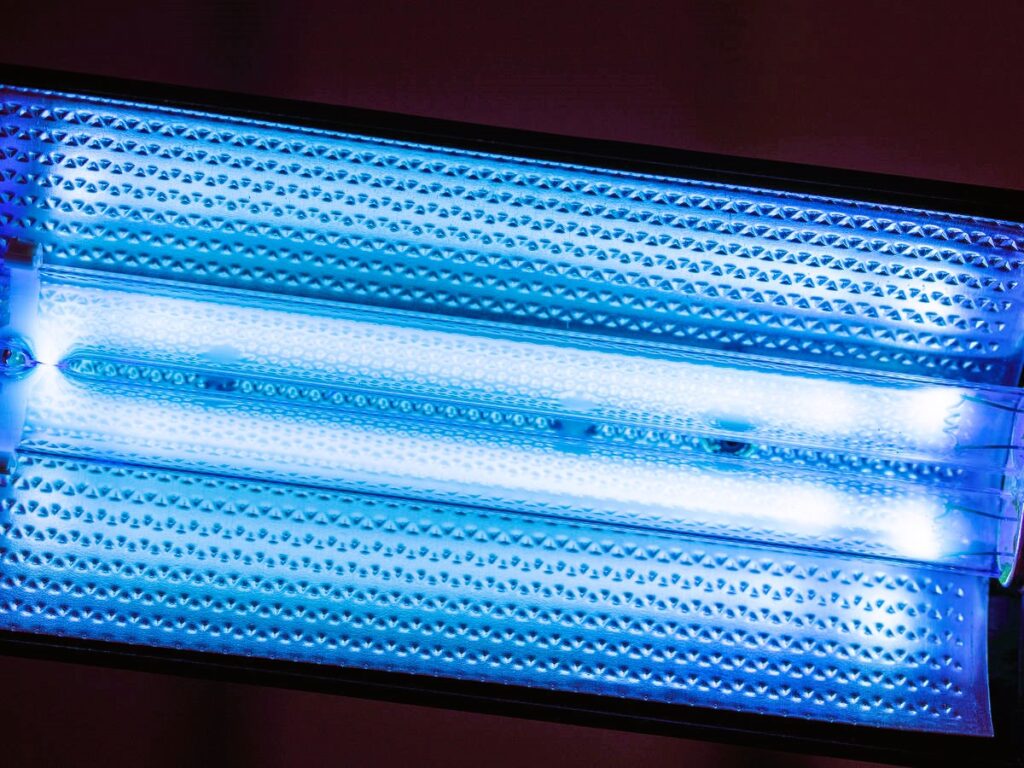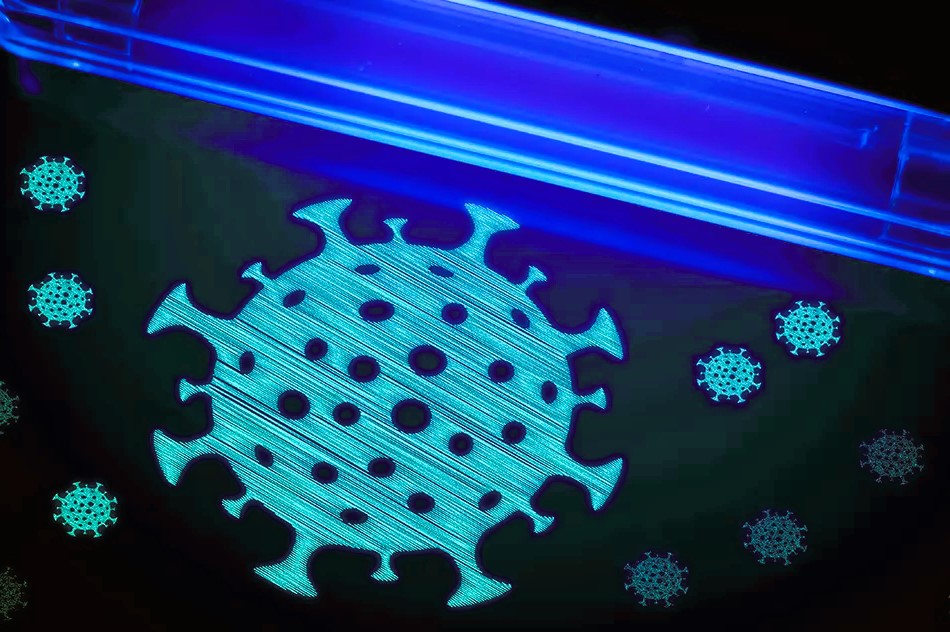In the ongoing battle against the spread of COVID-19, finding effective decontamination methods has become paramount. One technology that has gained attention for its potential in virus mitigation is ultraviolet-C (UV-C) light. This article delves into the science behind UV-C light, its effectiveness in decontaminating surfaces and air, and the considerations for implementing this technology as part of a comprehensive strategy to combat COVID-19.
Understanding UV-C Light
Ultraviolet (UV) light is part of the electromagnetic spectrum and is categorized into different bands based on wavelength. UV-C light, with wavelengths ranging from 100 to 280 nanometers, is particularly effective in disinfection. The shorter wavelength of UV-C light allows it to penetrate the outer structure of microorganisms, including viruses and bacteria, disrupting their DNA or RNA and rendering them unable to replicate.
Key Points About UV-C Light:
- Germicidal Properties: UV-C light possesses germicidal properties, meaning it can inactivate microorganisms by disrupting their genetic material. This makes it a potent tool for decontamination.
- No Chemicals: Unlike many chemical disinfectants, UV-C light decontamination does not involve the use of additional chemicals. This can be advantageous in situations where chemical residues are a concern.
- Surface and Air Decontamination: UV-C light can be applied to both surfaces and air for decontamination purposes. This versatility makes it a valuable tool in various settings, from healthcare facilities to public spaces.
Effectiveness Against COVID-19
Research studies and experiments have been conducted to assess the effectiveness of UV-C light against the SARS-CoV-2 virus, which causes COVID-19. While results vary based on factors such as exposure time, intensity, and the specific conditions of the environment, there is evidence to support the efficacy of UV-C light in deactivating the virus.
Key Findings:
- Laboratory Studies: Laboratory studies have demonstrated that UV-C light can effectively inactivate the SARS-CoV-2 virus on surfaces. The dosage and exposure time are critical factors in achieving optimal results.
- Airborne Virus Inactivation: UV-C light has shown promise in inactivating airborne viruses. Continuous air disinfection using UV-C technology can contribute to reducing the risk of viral transmission in enclosed spaces.
- Complementary Decontamination Method: UV-C light is often considered a complementary decontamination method rather than a standalone solution. It is effective when used in conjunction with other preventive measures such as regular cleaning and proper ventilation. DIY Mold Prevention Tips for Homeowners: A Step-by-Step Approach.
Considerations for UV-C Light Implementation

While UV-C light has demonstrated effectiveness, its implementation requires careful consideration of several factors to ensure safety, efficiency, and practicality.
- Dosage and Exposure Time: The dosage of UV-C light and the exposure time are critical factors in achieving effective decontamination. These parameters should be determined based on the specific application and the type of microorganisms targeted.
- Safety Precautions: UV-C light can be harmful to the eyes and skin. Proper safety precautions, including the use of personal protective equipment (PPE) and controlled access to the decontamination area, are essential.
- Proper Equipment Calibration: The UV-C equipment used for decontamination must be properly calibrated to deliver the required intensity of light. Regular maintenance and calibration checks are necessary to ensure consistent performance.
- Occupancy Considerations: Decontaminating spaces while they are unoccupied is generally preferred to avoid potential exposure to UV-C light. Proper signage and control measures should be in place to prevent accidental exposure.
Standards and Guidelines
For comprehensive information on UV-C light applications and standards, refer to reputable sources such as Wikipedia.
Conclusion
The evaluation of UV-C light for COVID-19 decontamination presents a promising avenue in the ongoing efforts to mitigate the spread of the virus. While research indicates its effectiveness against SARS-CoV-2, it is crucial to approach UV-C light implementation with a nuanced understanding of dosage, safety precautions, and its role as part of a broader decontamination strategy. As technology continues to evolve, UV-C light may play a vital role in creating safer environments and reducing the risk of viral transmission in various settings.


